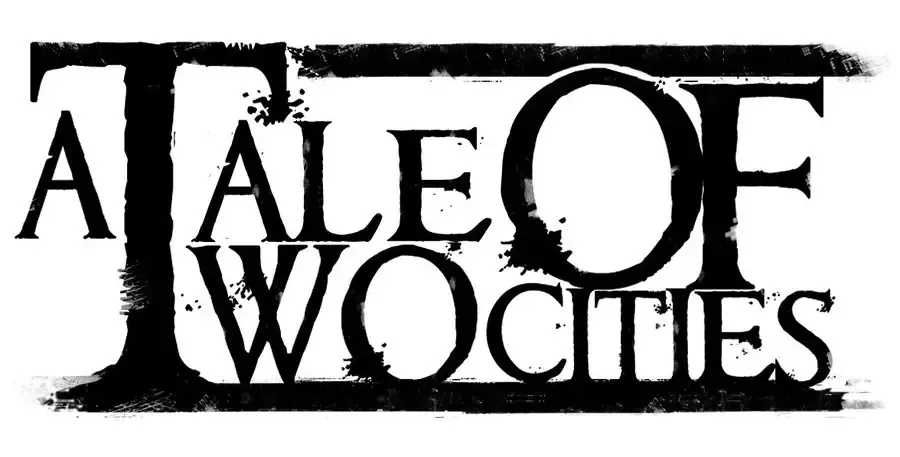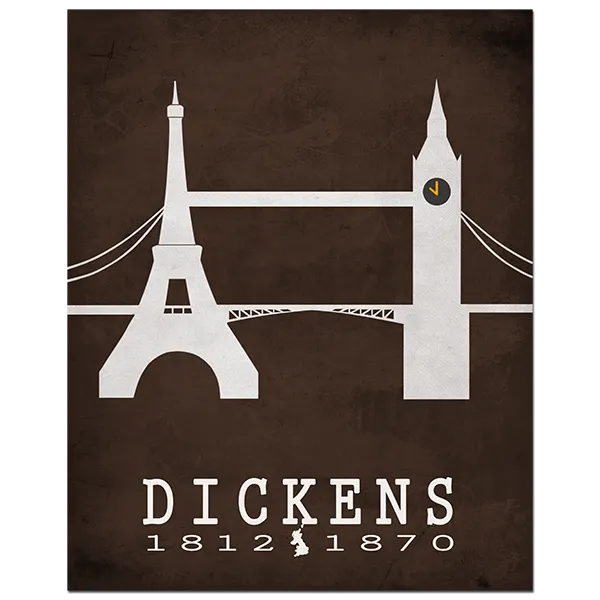In my opinion, A Tale Of Two Cities begins with the world's best entry testimony. And this entrance is a clue for what will you read in this novel.
"It was the best of times, it was the worst of times, it was the age of wisdom, it was the age of foolishness, it was the epoch of belief, it was the epoch of incredulity, it was the season of Light, it was the season of Darkness, it was the spring of hope, it was the winter of despair, we had everything before us, we had nothing before us, we were all going direct to heaven, we were all going direct the other way - in short, the period was so far like the present period, that some of its noisiest authorities insisted on its being received, for good or for evil, in the superlative degree of comparison only."

When Michel Foucault published 'The Birth of the Prison' in 1975, he was discussing that great question, which besides other things, occupied the greatest English novelist of the Victoria era: is revolutionary violence a continuation of the methods and mind of pre-revolutionary violence, Foucault's in France and Britain, especially in the present crime, describing the greatest deaths, the executions of those who committed the crime of denouncing the life of the ruler, the readers are in fact long standing with their richness of details and their terrifying certainty. We are also in the same episodes in Two Cities' Story. Just like the one who reads 'The Birth of the Prison', the prisoner's breast, arms and in the groins of the prison who committed a criminal offense in Damens were disassembled with the clasps immersed in the fire, the right hand of the criminal was burnt with sulfur, the molten lead and boiling oil, Can not forget the stages of revolutionary violence in Charles Dickens 'The Two Cities' Tale, as if the body was divided into four parts by four separate directions, the fragmented limbs were thrown into the fire, and the ashes that emerged could not forget being thrown by the wind.

The story is simple, just as complex: Lucia, the daughter of Lucille, who is not aware of the death of Doctor Manette, who lived in Bastille for eighteen years - a crime that we will learn at the end of her novel - is a symbol of pre- Mr. Lorry, an employee of the Tellson Bank who crosses France, is taken to his father's side. Dickens quickly rides us in the dark rooms of the shop, where Manette is hidden as a symbol of the revolutionaries in Paris's revolutionary neighborhoods; Manette, who was hiding by Defargelar, lost his memory as a result of the psychological crisis he experienced, and he also thought he was a shoemaker. He took the necessary tools at certain times of the day and made himself a shoe maker (the most funny thing about this stunned book is that it is a doctor, Perhaps though, accompanied by a deep sense of sorrow to his ridiculousness, if the shoe is learned in prison and thought to have performed this art in order to lose his mind). We go back to England together and we go after five years; In London, a young man is being tried for alleged treason by leaking information to the outside powers (the French) and Charles Darnay, a curious French family whose curiosity awaits the follow-up of everyone on the public side of the court; Is a suspicious figure because he traveled a lot between the two countries. Thanks to the literal Sydney Carton's presence in court, his liturgical twin, his body, is finally dismantled and displayed at the Temple Bar. Carton and Darnay constitute one of the many antitheses of a novel that describes two regimes and two regimes of truth: they are both twins and totally opposite. There is a Third George in London, anonymous revolutionaries in Paris, but according to Dickens, there may not be much difference between the two.

There is a Christian and a Revolutionary doctrine to purge the world from injustice, but according to Dickens, these two do not have to be separate; Christianity is already revolutionary and it is not a bad idea that your revolutionary is religious. Carton regrets that he loves Darnay and not Manny himself when he is in love with Manet's daughter Lucie and wants to marry her, and she vows that one day she will make a sacrifice for her or his loved ones. If Tolstoy was the editor of this book, he probably changed the title of the novel as follows: Resurrection. For one of his greatest novels, there are also questions that pierce the mind of Tolstoy, the revolutionary truth that preaches the establishment of a new and egalitarian society with a metaphor for devout sacrifice. The 'event' (singular and only an injustice that emerged at the end of the book), which lived among the landowners and peasants in the pre-revolutionary France, which Dickens portrayed in a dark cloud, expresses the total sovereignty of his master's slave at the same time, Dickens, who knew from his experience, was the natural result of an unforgivable regime.